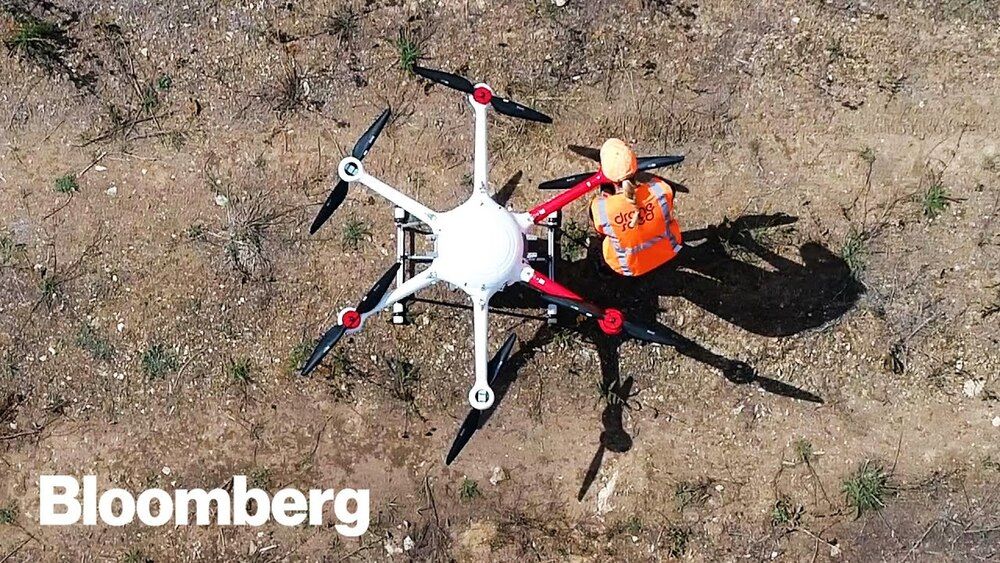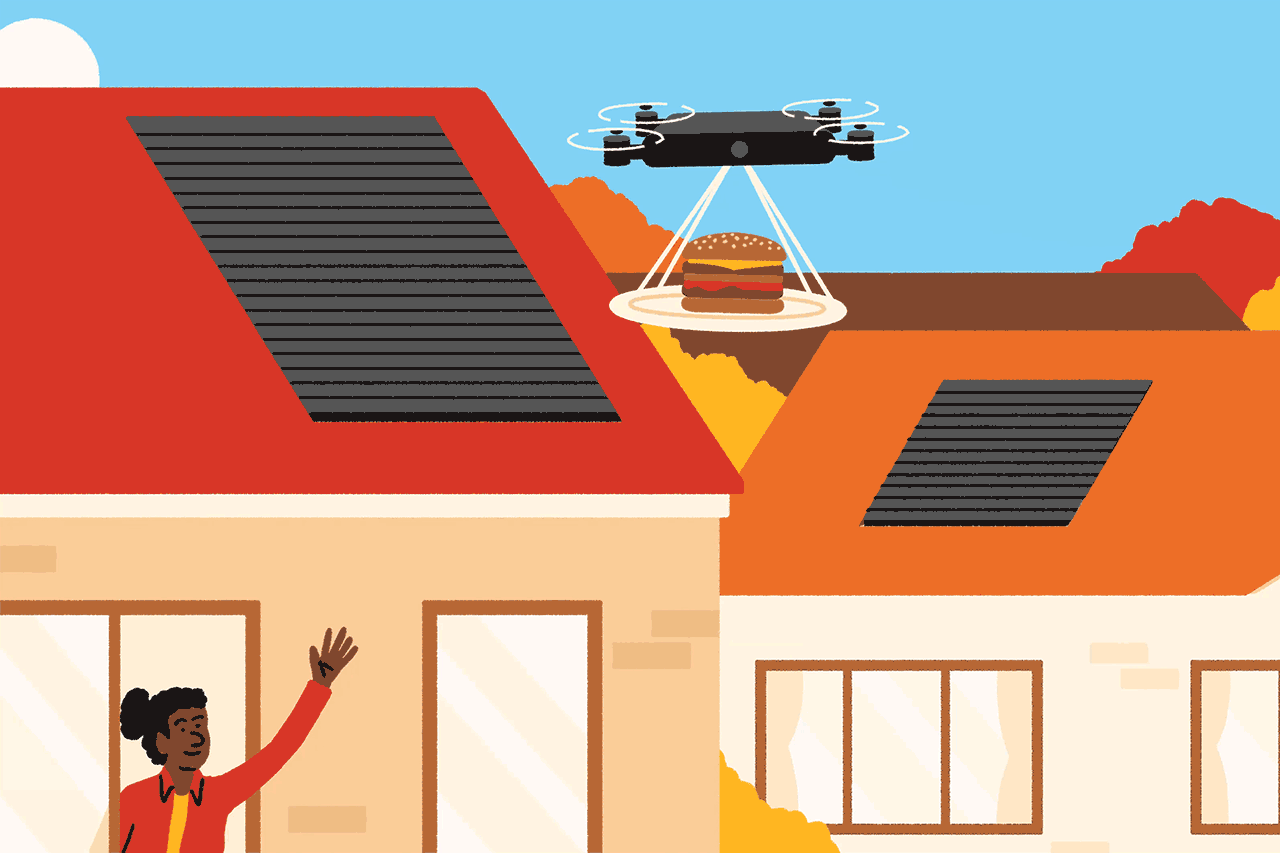A conflict monitor says an engine, akin to those used in V-1 flying bombs, was found in Iraq in 2017.
Page 6714
Dec 20, 2020
A molecule that works like a nanobattery
Posted by Quinn Sena in categories: chemistry, computing, particle physics
How do molecular catalysts—molecules which, like enzymes, can trigger or accelerate certain chemical reactions—function, and what effects do they have? A team of chemists at the University of Oldenburg has come closer to the answers using a model molecule that functions like a molecular nanobattery. It consists of several titanium centers linked to each other by a single layer of interconnected carbon and nitrogen atoms. The seven-member research team recently published its findings, which combine the results of three multi-year Ph.D. research projects, in ChemPhysChem. The physical chemistry and chemical physics journal featured the basic research from Oldenburg on its cover.
To gain a better understanding of how the molecule works, the researchers, headed by first authors Dr. Aleksandra Markovic and Luca Gerhards and corresponding author Prof. Dr. Gunther Wittstock, performed electrochemical and spectroscopic experiments and used the university’s high-performance computing cluster for their calculations. Wittstock sees the publication of the paper as a “success story” for both the Research Training Groups within which the Ph.D. projects were conducted and for the university’s computing cluster. “Without the high-performance computing infrastructure, we would not have been able to perform the extensive calculations required to decipher the behavior of the molecule,” says Wittstock. “This underlines the importance of such computing clusters for current research.”
In the paper, the authors present the results of their analysis of a molecular structure, the prototype for which was the result of an unexpected chemical reaction first reported by the University of Oldenburg’s Chemistry Department in 2006. It is a highly complex molecular structure in which three titanium centers (commonly referred to in high school lessons as titanium ions) are connected to each other by a bridging ligand consisting of carbon and nitrogen. Such a compound would be expected to be able to accept and release several electrons through the exchange of electrons between the metal centers among other reasons.
Dec 20, 2020
DroneUp’s Waiver for Flight Over People is a Major Step for Drone Delivery
Posted by Quinn Sena in categories: biotech/medical, drones
Drone services company DroneUp has been approved for an industry-first FAA Waiver for flight over people and moving vehicles to support drone delivery of COVID-19 test kits anywhere in the U.S.
Scaling drone delivery throughout the country will require flight over people and moving vehicles, something that U.S. drone regulations currently prohibit without a waiver. Now, DroneUp, LLC announces that it has been approved “for the Federal Aviation Administrations (FAA) Section 107.39 Operation Over People Waiver allowing the unrestricted flight over non-participating persons and moving vehicles to support the drone delivery of COVID-19 test kits,” according to a press release.
“DroneUp’s 107.39 waiver is the first to allow drone delivery operations over people anywhere in the United States without predefined operating areas, locations, or routes. The waiver is also a first to allow unrestricted delivery overflight of moving vehicles.”
Dec 20, 2020
Take a look at these houses made out of wooden LEGO-like bricks
Posted by Quinn Sena in categories: business, energy, sustainability

Have you ever dreamed of building an actual house using your very own grown-up, sustainable version of LEGO? Meet Brikawood, the company making that dream a reality and transforming the modular home business.
Brikawood creates wooden bricks that interlock to create walls. This allows builders to assemble and disassemble an entire home without the use of glue, nails or screws. The wood-brick walls then get filled with wood shavings left over from the manufacturing of Brikawood bricks. These insulate both temperature and sound, which improve energy efficiency and peace of mind.
Continue reading “Take a look at these houses made out of wooden LEGO-like bricks” »
Dec 20, 2020
FAA gives approval for company to use swarms of drones to reforest burned areas
Posted by Quinn Sena in categories: drones, mapping, robotics/AI

DroneSeed will be allowed to operates drones beyond visual line of sight.
DroneSeed, a company that uses fleets of drones to reforest areas burned in wildfires, received approval in October from the Federal Aviation Administration (FAA) for its heavy-lift drones to operate Beyond Visual Line of Sight (BVLOS) and to expand its use of heavy-lift drone swarms to California, Colorado, Montana, Nevada, Arizona and New Mexico.
Continue reading “FAA gives approval for company to use swarms of drones to reforest burned areas” »
Dec 20, 2020
More than 500 Lives Saved by Drones: DJI Continues Mapping Project
Posted by Quinn Sena in category: drones
The latest rescue took place last month, when sherriff’s deputies found a missing 93-year-old woman in a dark field in Missouri – using a DJI drone with a thermal imaging camera. That brings the total to more than 500 lives saved by drones, according to DJI’s project counting the lives that would have been lost without direct intervention of drone technology.
DJI began the project back in 2017 when they published a paper called “Lives Saved: A Survey of Drones in Action” which found that even back in 2016 – 2017, drones saved lives at the rate of nearly 1 per week. That first paper has evolved into the DJI Drone Rescue Map, which allows viewers to explore rescue incidents all over the world.
The project was started in response to bad press about drone technology. Research has shown that a negative drone event – even one that later is found to be inaccurate or untrue – averages more than 10x the publicity than a positive drone event. That’s a problem for a new industry struggling against negative public perception and fears over privacy issues and misuse of drone technology.
Dec 20, 2020
Drones Are Poised to Reshape Home Design
Posted by Quinn Sena in categories: drones, habitats
Landing pads, special mailboxes and more: A future where delivery drones buzz through neighborhoods could prompt architects and builders to rethink.
Dec 19, 2020
China Is Rolling Out an Enormous “Weather Modification” System
Posted by Quinn Sena in category: geoengineering
Dec 19, 2020
Common pipe alloy can form cancer-causing chemical in drinking water
Posted by Brent Ellman in categories: biotech/medical, chemistry, food, genetics, health
Rusted iron pipes can react with residual disinfectants in drinking water distribution systems to produce carcinogenic hexavalent chromium in drinking water, reports a study by engineers at UC Riverside.
Chromium is a metal that occurs naturally in the soil and groundwater. Trace amounts of trivalent chromium eventually appear in the drinking water and food supply and are thought to have neutral effects on health. Chromium is often added to iron to make it more resistant to corrosion.
Certain chemical reactions can change chromium atoms into a hexavalent form that creates cancer-causing genetic mutations in cells. This carcinogenic form of chromium was at the heart of a lawsuit in California’s Central Valley by Erin Brockovich, which became the subject of an Oscar-winning movie.
Dec 19, 2020
Taking an elevator into space could actually happen. Here’s how
Posted by Quinn Sena in category: satellites
Circa 2019
Once a flight of fantasy, recent advances mean that satellites, astronauts and even tourists could soon get a quick lift into space.
















